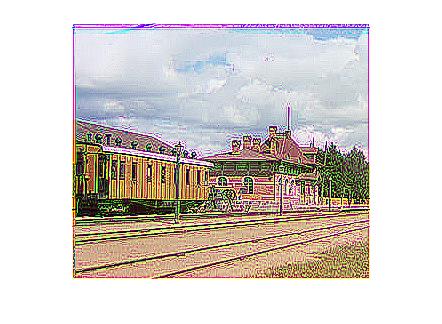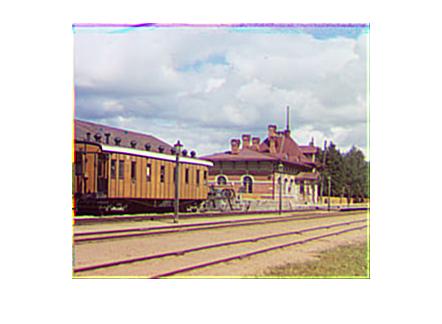 +
+  +
+  =
= 
Part 1
The main idea for project 1 is simple. Invented at the turn on the 20th century by a russian photographer Sergei Mikhailovich Prokudin-Gorskii (1863-1944), the idea consists of superimposing color-filtered black and white photgraphs into a 3 layer 3D matrix. For example:
 +
+  +
+  =
= 
Red filtered + Green Filtered + Blue Filtered = color photo
Part 2
The second part of the project uses a Gaussian Image Pyramid algorithm. The reason to use this is that a regular SSD (Sum of Squared Differences) would be extremely time inefficient to align the pictures. The algorithm utilizes the fact that as a image is scaled down it looses a lot of its sharper details, leaving only the popular colors and intensities behind. Doing a form of recursive binary search over the layers of the pyramid we can align the pictures extremely fast.
Click here for a link to a list of clean images
Extra credit:
Part 1
Clean-Up - Using a laplacian filter, covolve the picture with a high pass filter creating a much sharper picture.

Unfortunately as we see above using just a laplacian exarcerbates the noise and general blothces of the picture making it blurry. Aliasing - to clean the noise use a low pass, filter that remove the extremely sharp details (which is usually noise) creating a slightly blurier but extremely clean image.

Part 2
Everyday pictures - Using a camera and filter, taking a series of Red,Green,Blue filtered images like below.




Using the above procedure, recreate the original picture.


Recreated and Original
As you can the see the above picture is not too similar to the original image. While trying to create an image as close to the original, I discovered a variety of reasons for the differences. As a result, though I do not have a perfectly reproduced image, I have a list of possible dangers to look for.
- Use filters of similar (preferably same) transparency and color.
- Make sure lighting conditions stay the same.
- Take care of blurring and changes in environment (esp. for outdoor settings)
Finally, the reason the image above has a redder tinge is because of a more transparent red filter, allowing light to enter. As a result the red aspects of the picture are stronger. To fix this problem, I would either use a red filter with less tranparency or edit the picture using a photo-editor (like photoshop)
Thats it for Project 1!